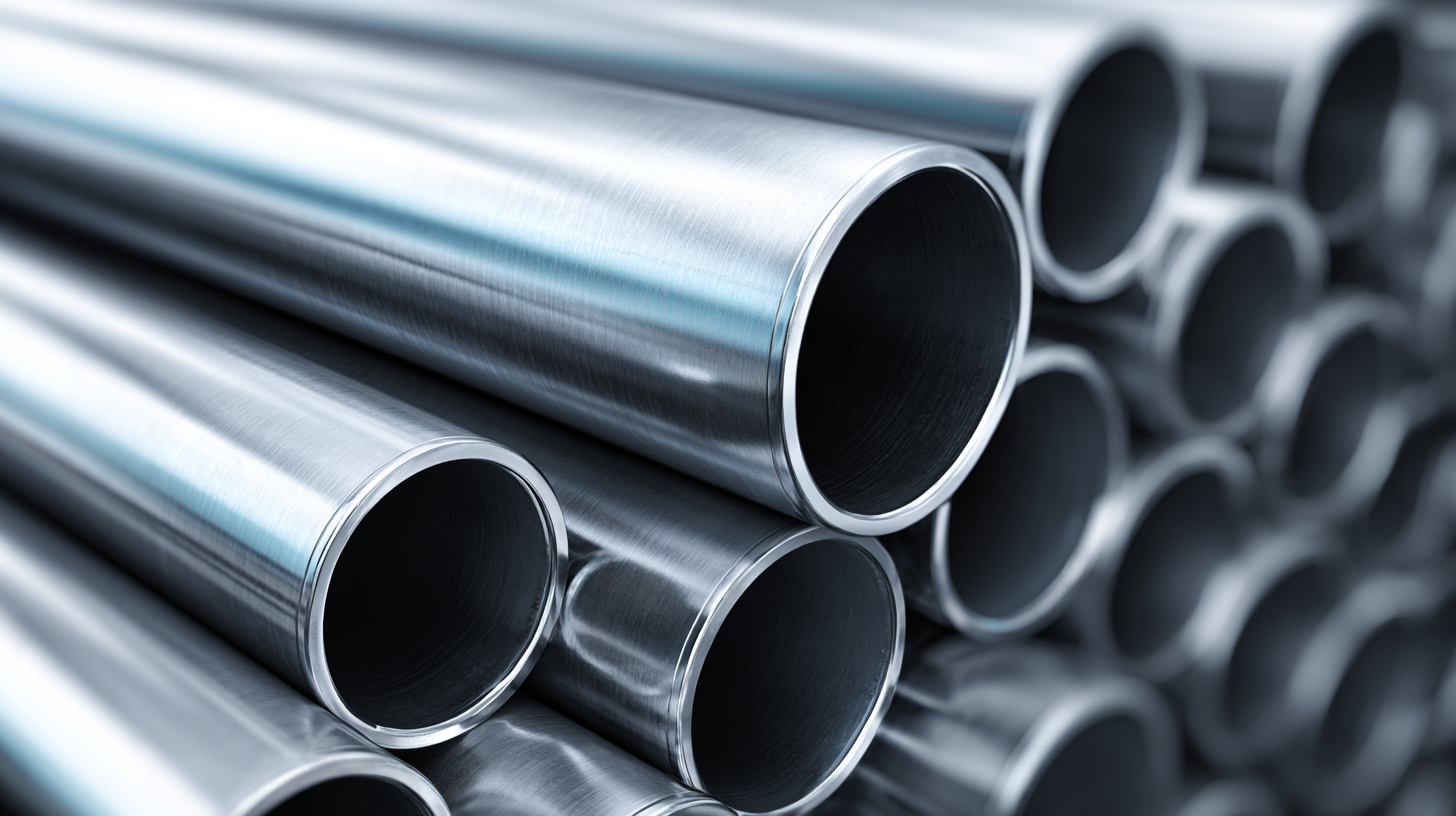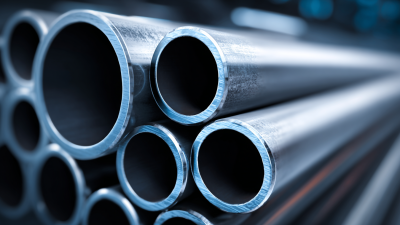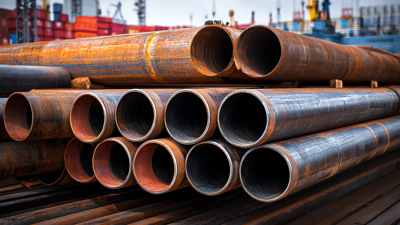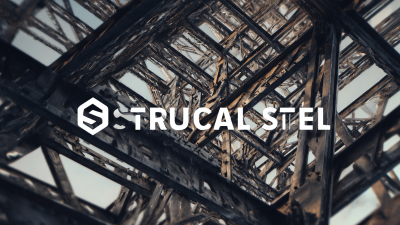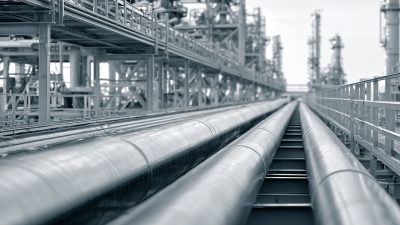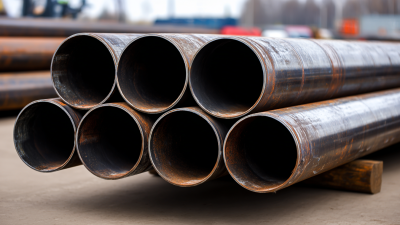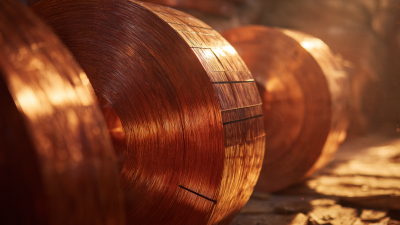When embarking on a project that requires the use of pipes, selecting the appropriate material is critical, particularly in the case of stainless steel pipe. According to a recent report by the Global Stainless Steel Pipe Market Research, the demand for stainless steel pipes is projected to grow at a CAGR of 6.1% from 2020 to 2027, primarily due to their corrosion resistance and durability.
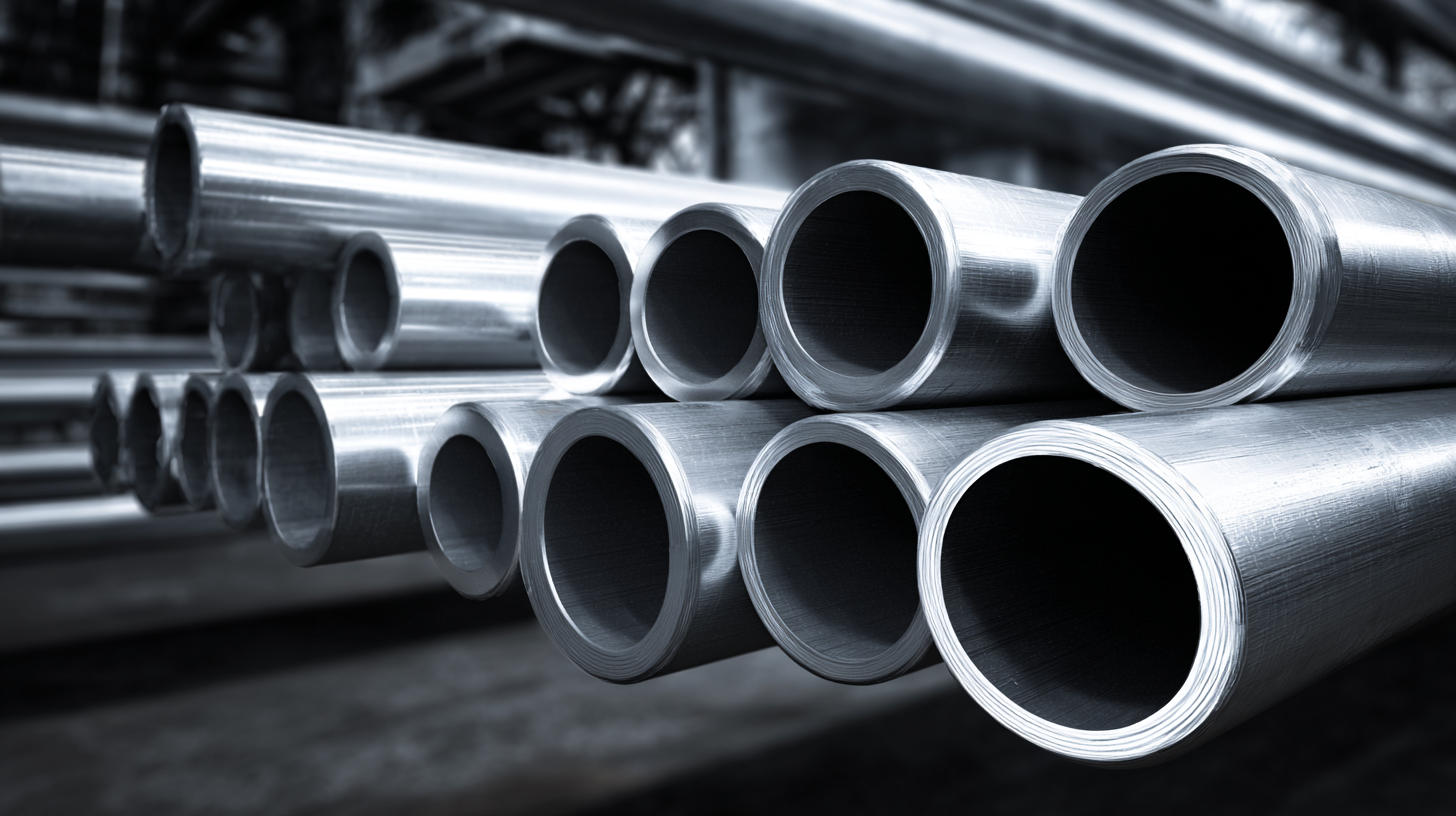
Moreover, the versatility of stainless steel pipes, used across various applications in construction, automotive, and chemical industries, underscores the importance of making an informed choice. Factors such as grade, size, and specifications of stainless steel pipe must be carefully considered to ensure optimal performance and cost-effectiveness in your project. Understanding these elements is crucial for engineers and project managers striving for both efficiency and longevity in construction.
When selecting stainless steel pipes for a project, understanding the different grades of stainless steel is crucial. Stainless steel is categorized into various grades, primarily based on its alloy composition, which determines its mechanical properties, corrosion resistance, and suitability for specific applications. The most common grades include 304, 316, and 430. Grade 304 is widely used for general purposes due to its excellent corrosion resistance and good weldability. It is ideal for food processing, kitchen equipment, and various industrial applications.
Grade 316, often considered the marine grade, contains molybdenum, enhancing its resistance to chloride corrosion. This makes it an excellent choice for applications in coastal environments, chemical processing, and medical equipment. In contrast, grade 430 is a ferritic stainless steel that offers good corrosion resistance and formability but is less resistant to oxidation than the austenitic grades. It is typically used in decorative applications, such as automotive trim and appliances. By understanding these grades and their unique properties, one can make an informed decision to ensure the chosen stainless steel pipe meets the specific requirements of their project.
| Grade | Corrosion Resistance | Applications | Strength | Weldability |
|---|---|---|---|---|
| 304 | Good | Food and beverage, Chemical processing | Medium | Excellent |
| 316 | Very Good | Marine applications, Pharmaceuticals | Medium | Good |
| 321 | Good | Aerospace, High-temperature applications | High | Good |
| 410 | Fair | Cutlery, Valve components | High | Poor |
| Duplex 2205 | Excellent | Oil and gas, Chemical industry | Very High | Good |
When it comes to selecting the right stainless steel pipe for your project, evaluating pipe dimensions and sizing is critical. The inner diameter (ID) and outer diameter (OD) of the pipe will significantly impact the flow rate and overall performance of the system. Always consider the purpose of your project; for example, if you're working on a plumbing job, you may require different diameters compared to construction applications.
Tips: Measure the space available for installation carefully to determine the maximum outer diameter that will fit. Additionally, remember that the schedule of the pipe affects its wall thickness, which in turn influences pressure capacity. Thus, a thicker pipe might be necessary for high-pressure situations, while a lighter pipe could suffice for less demanding applications.
Furthermore, ensure that you factor in the length of the pipe you need. For longer runs, you may want to choose a pipe with a larger diameter to maintain a steady flow without putting too much strain on the system. Always consult with project specifications and local codes for guidance on what dimensions are appropriate for your needs.
Tips: Using pipe calculators or consulting with suppliers can provide you with a better understanding of how different sizes will work in your specific application. Don’t hesitate to seek expert advice if you’re uncertain about the sizing; proper fitment leads to optimal performance and reduces the likelihood of costly errors later on.
When selecting the right stainless steel pipe for a project, one of the crucial aspects to consider is the environmental factors that influence the choice of pipe material.
Different environments can exert varying levels of stress on materials, affecting their durability and longevity.
For instance, in corrosive environments, such as chemical processing plants or coastal areas, the type of stainless steel used must be resistant to corrosion and pitting.
This often leads to choosing higher-grade stainless steels, such as 316 or 904L, which offer enhanced corrosion resistance compared to more common grades like 304.
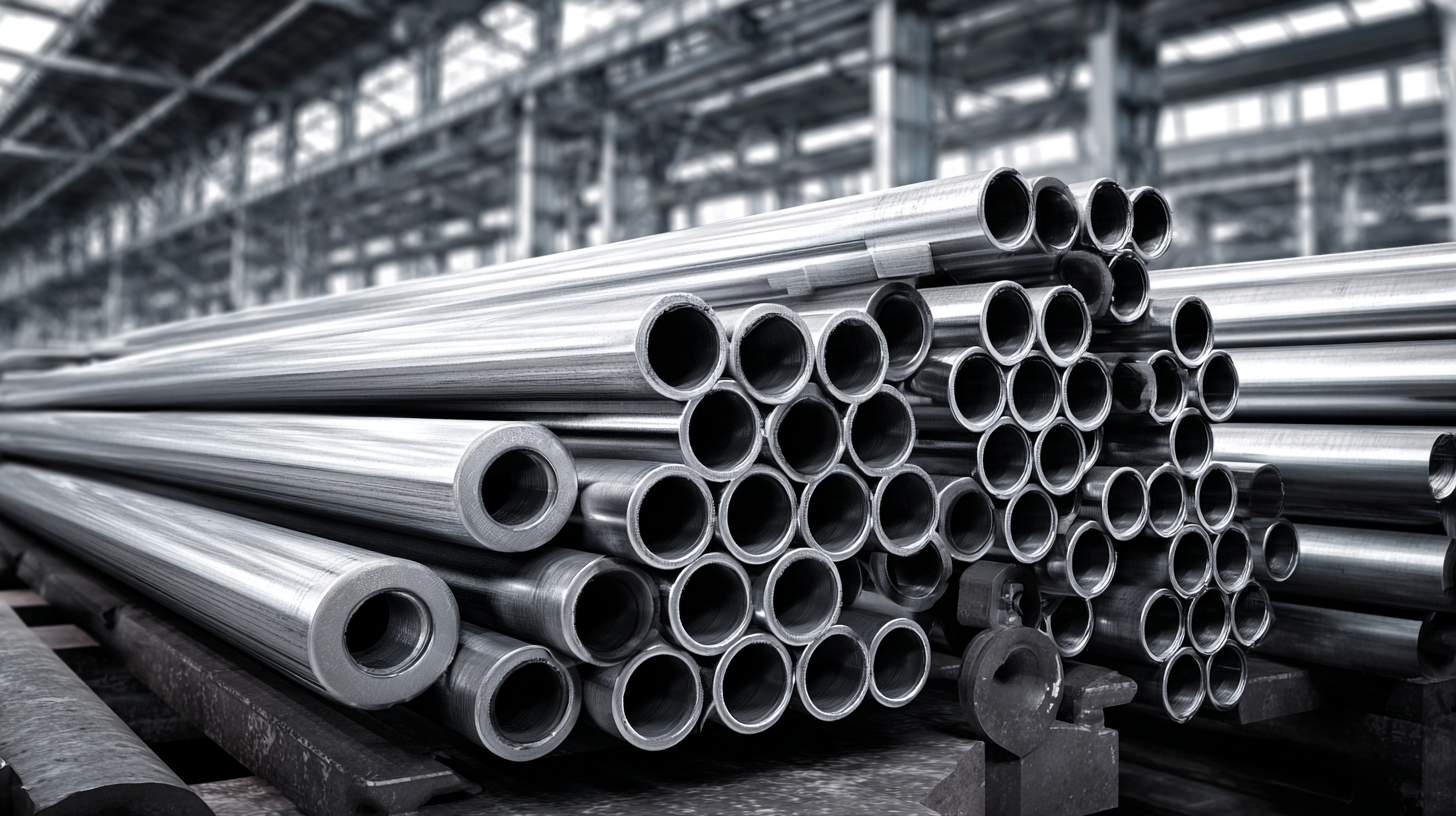
When selecting stainless steel pipes for your project, understanding the balance between cost and durability is crucial. According to a recent report by the International Stainless Steel Forum (ISSF), the price of stainless steel pipes can vary significantly based on the grade and processing methods used. For example, a standard 304 stainless steel pipe generally costs around $3 to $4 per foot, while higher-grade options like 316L can soar to approximately $6 per foot due to their enhanced corrosion resistance and strength properties. These price discrepancies underscore the importance of evaluating long-term performance against initial investment.
Durability is another key factor influencing the choice of stainless steel pipes. A study conducted by the American Society for Testing and Materials (ASTM) revealed that pipes made from 316 stainless steel have a lifespan over 25 years in corrosive environments, compared to about 10-15 years for lower-grade alternatives like 304. This longevity not only impacts maintenance costs but also the overall reliability of your project. By carefully comparing the cost and performance metrics of various stainless steel pipe options, you can make a more informed choice that aligns with your specific needs and budget.
When selecting stainless steel pipes for your project, identifying reliable suppliers is crucial for ensuring quality and durability. Start by researching suppliers with a strong reputation in the industry. Look for companies that have been in business for several years and have a track record of providing high-quality products. Online reviews, testimonials, and case studies can offer valuable insights into the experiences of other customers, helping you gauge a supplier's reliability.
Additionally, consider suppliers who adhere to industry standards and certifications. Such qualifications not only reflect a commitment to quality but also assure you that the pipes meet necessary specifications for safety and performance. Another important factor is customer service; suppliers who are willing to answer your questions and provide guidance on the best products for your needs are often a better choice. Engage with potential suppliers and evaluate their responsiveness, as this can be indicative of their overall service quality.
